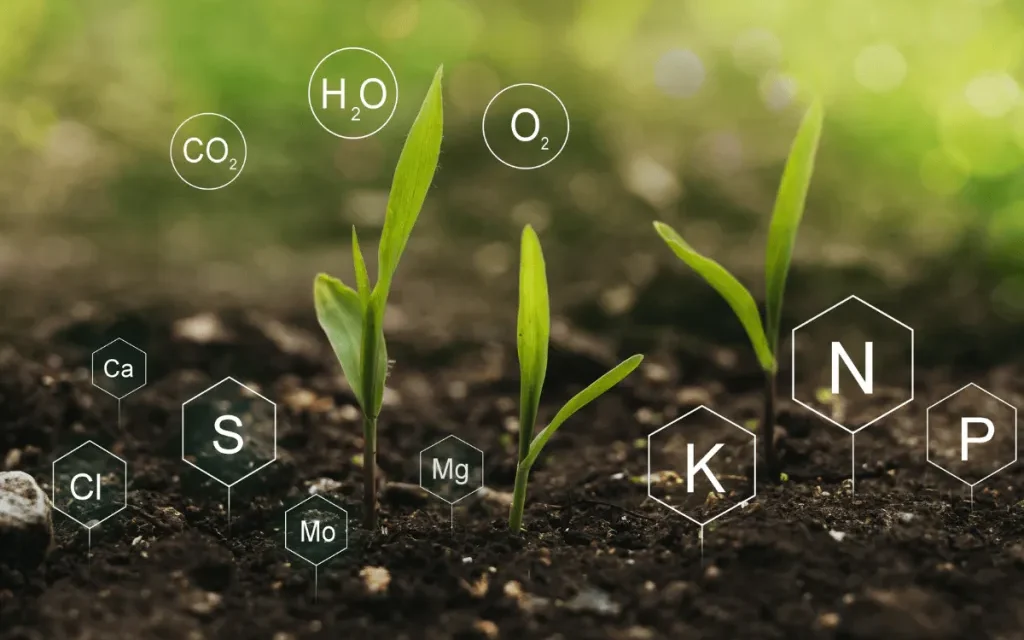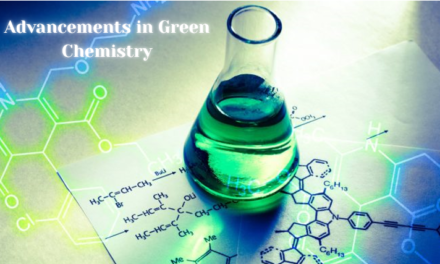Micronutrients are essential elements required in small quantities for plant growth and development. Modern fertilizers are increasingly integrating micronutrients to address soil deficiencies, enhance crop quality, and improve nutrient use efficiency. Here’s how micronutrients are integrated into fertilizers and their role in modern agriculture:
1. Types of Micronutrients in Fertilizers
- Primary Micronutrients:
- Zinc (Zn): Supports enzyme activation, protein synthesis, and growth regulation.
- Iron (Fe): Critical for chlorophyll production and energy transfer.
- Manganese (Mn): Involved in photosynthesis and nitrogen assimilation.
- Copper (Cu): Aids in respiration and lignin synthesis.
- Boron (B): Essential for cell wall formation and reproductive development.
- Molybdenum (Mo): Key for nitrogen fixation and nitrate reduction.
- Chlorine (Cl): Important for osmoregulation and photosynthesis.
- Secondary Micronutrients:
- Silicon (Si) and Cobalt (Co) are sometimes included for specific crops or regions.
2. Methods of Integration
- Granulated Fertilizers:
- Micronutrients are blended with macronutrients (NPK) into granules, ensuring even distribution and convenience in application.
- Example: Zinc-enriched NPK granules for cereals.
- Coatings:
- Micronutrients are coated onto conventional fertilizer granules using advanced binding techniques.
- Example: Boron-coated urea for slow-release delivery.
- Chelated Micronutrients:
- Micronutrients are bound to organic compounds (chelates) to enhance their solubility and bioavailability.
- Example: Iron chelates (EDDHA, EDTA) prevent precipitation in alkaline soils.
- Fertigation Formulations:
- Water-soluble micronutrient fertilizers are integrated into irrigation systems for precision application.
- Example: Manganese sulfate in drip irrigation systems.
- Liquid Fertilizers:
- Micronutrients are included in liquid formulations for foliar or soil application.
- Example: Copper and molybdenum solutions for foliar sprays.
3. Precision Application Technologies
- Site-Specific Formulations:
- Custom blending of micronutrients based on soil and crop requirements, guided by soil testing and crop analysis.
- Controlled-Release Systems:
- Micronutrient release is tailored to crop growth stages, reducing losses and improving efficiency.
- Nanotechnology:
- Nano-micronutrients improve uptake by enhancing solubility, distribution, and bioavailability.
4. Benefits of Integrating Micronutrients
- Enhanced Nutrient Use Efficiency:
- Balanced nutrient supply ensures optimal absorption of both macro and micronutrients.
- Improved Crop Quality:
- Adequate micronutrients improve fruit size, color, shelf life, and nutritional content.
- Stress Tolerance:
- Micronutrients help plants withstand biotic and abiotic stresses, including drought, pests, and diseases.
- Higher Yields:
- Addressing micronutrient deficiencies boosts productivity, especially in high-intensity farming systems.
5. Addressing Soil Deficiencies
- Regional Focus:
- Specific regions face deficiencies in certain micronutrients due to soil type and management practices.
- Example: Zinc deficiency in alkaline soils of South Asia and iron deficiency in calcareous soils of the Mediterranean.
- Soil Testing and Mapping:
- Advanced diagnostic tools identify micronutrient deficiencies for targeted fertilizer applications.
6. Environmental Benefits
- Reduced Runoff:
- Precision delivery of micronutrients minimizes leaching and environmental contamination.
- Sustainable Soil Health:
- Balancing micronutrient levels supports microbial diversity and long-term soil fertility.
- Lower Carbon Footprint:
- Efficient nutrient delivery reduces the need for excessive applications, conserving resources.
7. Challenges in Integration
- Compatibility:
- Ensuring compatibility of micronutrients with macronutrient fertilizers to prevent chemical reactions or nutrient imbalances.
- Cost:
- Chelated and specialized formulations can be expensive, limiting adoption by smallholder farmers.
- Over-Application Risks:
- Excess micronutrients can become toxic to plants and disrupt soil chemistry.
8. Innovations Driving Integration
- Advanced Coatings:
- Polymer-coated micronutrients for controlled release and improved stability.
- Microbial Integration:
- Using microbes to enhance micronutrient availability and uptake.
- Smart Fertilizers:
- IoT-enabled systems for real-time monitoring and delivery of micronutrients based on plant needs.
9. Applications Across Crops
- Cereals:
- Zinc and boron are essential for improving grain quality and yield in wheat, rice, and maize.
- Horticulture:
- Iron, manganese, and boron are critical for fruits, vegetables, and flowers to enhance quality and marketability.
- Legumes:
- Molybdenum supports nitrogen fixation, crucial for crops like soybean, lentils, and chickpeas.
- Cash Crops:
- Copper and boron play vital roles in oilseed crops like sunflower and canola.
10. Future Trends
- Tailored Solutions:
- Increasing demand for customized micronutrient blends for specific crops and regions.
- Integration with Biostimulants:
- Combining micronutrients with biostimulants to enhance root development and nutrient uptake.
- Regenerative Agriculture:
- Incorporating micronutrients into sustainable practices that promote soil health and biodiversity.
Conclusion
Micronutrient integration into modern fertilizers is revolutionizing agriculture by addressing critical deficiencies, improving crop performance, and supporting sustainable farming practices. Advances in precision technologies, innovative formulations, and tailored solutions ensure that micronutrients play a central role in enhancing productivity while minimizing environmental impact. As the demand for efficient and eco-friendly farming grows, the role of micronutrient-enriched fertilizers will become even more pivotal in the future of agriculture.
Hashtags
#MicronutrientFertilizers #NutrientRichFarming #ModernFertilizers #SmartFertilizers #NutrientSolutions #HealthySoilsHealthyCrops #SoilNutrientManagement #EnhancedCropNutrition #PlantHealthMatters #BalancedFertilization #SustainableFarming #EcoFriendlyFertilizers #GreenAgriculture #SustainableCropProduction #NutrientEfficientFarming #AgriTechInnovation #AdvancedFertilizers #SmartAgriSolutions #TechInAgriculture #FertilizerInnovation

















